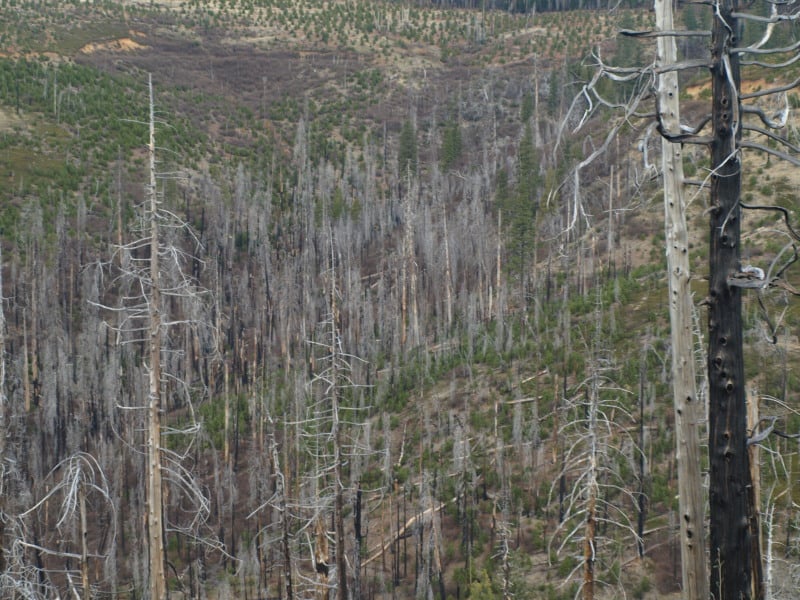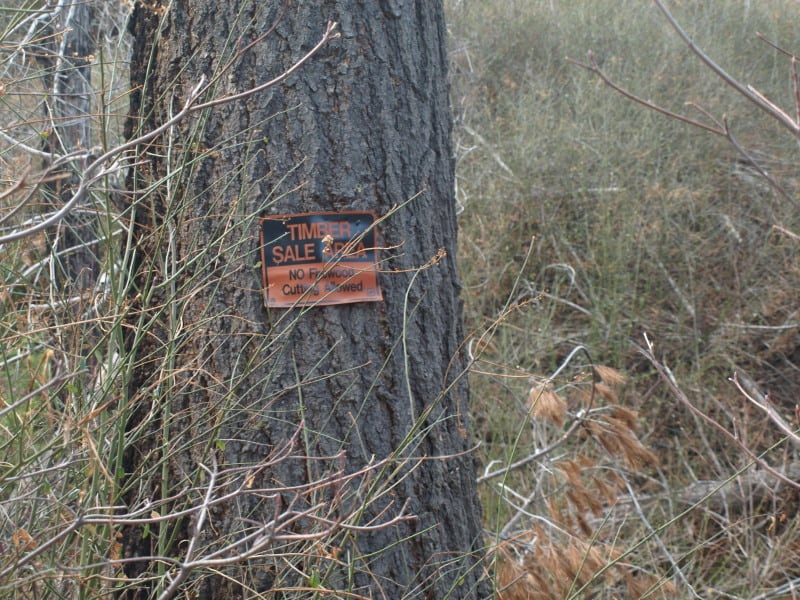
I think everyone should take a look at this report submitted by Congressman Grijalva. Especially those of us who were involved in different things decried therein.
Running through it briefly, I noticed this..
NPS Employee Morale Near All-Time Low
A poll of NPS employees conducted by the Campaign to Protect America’s Lands and the Coalition of Concerned National Park Service Retirees found that, of 1,361 respondents surveyed, 84% expressed a “great deal of concern” about the effect of current policies on national parks; 59% said the situation had worsened over the last few years; and 79% said morale had declined over the same period.
Perhaps there is a need for a Coalition of Concerned National Forest Service Retirees perhaps to fund more in-depth studies of FS morale issues? Or existing organizations might take on some of this work. Here’s a link to the Coalition of Park Service Retirees.
Here’s a link to some testimony..
which includes this quote:
This deficiency is pointed out in the Partnership for Public Service 2007 Rankings of “The Best Places to Work in the Federal Government.” In this survey, NPS ranked 203 out of 222. Several of the other items with low rankings also may result from an inadequate employee development program.
One of the most significant deficiencies is “effective leadership” (ranked 191 of 222 in the aforementioned survey). The general belief in the NPS is that there are two parts to this perceived deficiency:
• Inadequate training and development of lower-level (first- and second-line) supervisors; and
• Ineffective and unprincipled leadership practices and decisions by high-level agency leaders, particularly political appointees.
This does sound kind of familiar to the FS, although “unprincipled” doesn’t sound like FS language.
Well, that was interesting, but a bit off track…
So I know some of the readers of this blog were involved in the 2005 Rule, so I picked this out.
On January 5, 2005, the Forest Service published the 2005 planning rule (70 CFR 1023) establishing procedures for National Forest System compliance with the National Forest Management Act (NFMA). The Bush administration set out to gut protections and promulgated final rules intended to completely overhaul the forest management planning process by abolishing mandatory protections for wildlife and habitat and eliminating public input from the planning process. The rule also would exempt the plans from the Endangered Species Act (ESA). This was all part of an intensive effort by the administration to ramp up logging and mining, significantly, on public land.
OK, well maybe “abolishing protections” is viability..but public input was not “eliminated”. It was actually required.. So that is er… untrue.
There are many fun quotes in there.
NEPA Rollbacks by the Forest Service
According to the Congressional Research Service, the bulk of the efforts to amend NEPA have been directed at the six federal agencies that tend to produce the most environmental impact statements (EIS); the Forest Service, Federal Highways Administration, Federal Aviation Administration, agencies within the Department of the Interior, and the Army Corps of Engineers. To date, twenty-eight administrative efforts related to NEPA ―reform have been finalized. The Forest Service has made 8 changes to NEPA procedures, the most of any federal agency researched
As you all know, I used to work in NEPA in DC and I don’t even know what this means in terms of the eight changes… it sounds bad, though 😉 . Maybe I could argue that it wasn’t true if I had the vaguest idea what they are talking about. Gee, the people/agencies who do most of the work care most about improving processes. Now why would that be?
or this one:
As of 2003, the Forest Service had only one categorical exclusion for vegetation management activities involving timber stand or wildlife habitat improvement. However, in 2003 and 2004 under the Bush Administration, the Forest Service added four new vegetation management categorical exclusions: (1) salvage of dead or dying trees up to 250 acres, (2) timber harvest of live trees up to 70 acres, (3) hazardous fuels reduction up to 5,500 acres, and (4) removal of insect or disease infested trees up to 250 acres.
A more experienced person might see a different pattern.. from the 2003 Federal Register Notice here. Note: I also worked on the Limited Timber Harvest CE so that’s why it’s easy for me to know that the categories weren’t really “new.”
On September 18, 1998, a lawsuit was filed against the Forest Service arguing that the 1992 categorical exclusions were improperly promulgated. On September 28, 1999, the United States District Court for the Southern District of Illinois found that the categorical exclusions were properly promulgated.
However, the court found insufficient evidence in the record to support the agency’s decision to set the volume limits in Categorical Exclusion 4 at 250,000 board feet of merchantable wood products for timber harvest and 1 million board feet of merchantable wood products for salvage. Accordingly,
the court declared Categorical Exclusion 4 in section 31.2 of Chapter 30 FSH 1909.15 null and void and enjoined the agency from its further use.
It’s hard for me to believe that anyone knowledgeable could write this..
The Bush Administration claimed environmentalists used the appeals process to delay thinning projects to reduce fire risk, however a 2001 study by the Government Accountability Office found that only 1 percent of hazardous fuels reduction projects were appealed.
I think we see much evidence, even on this blog, that thinning projects have been delayed or stopped, and the Bush Administration is long gone.
Also
During the past nearly 8 years of the Bush Administration, the growing costs of wildland fire suppression have consumed major parts of the Forest Service budget, and other critical programs have been cut.
Spending related to fires continues to account for an ever-larger percentage of the Forest Service budget. In 1991, wildland fire management was 13% of the overall Forest Service budget; and today it is nearly 48%. The skyrocketing cost of fighting fires has forced drastic reductions in other Forest Service accounts, a trend continued yearly in Forest Service budget requests under the Bush Administration. Ironically, many of these budget requests have included cuts to critical fire prevention programs in the face of ever-worsening fire seasons. Even more troublesome, the Forest Service has had to ―Rob Peter to Pay Paul by borrowing funds from other critical Forest Service programs to cover the escalating costs of fire suppression.
Well, I’m glad that’s been fixed ;)!
Note: I am not saying or implying that this administration’s performance is sub-par. All I’m pointing out is that partisanizing difficult problems, that require all of us to work together to solve, does not really help and actually, in some cases, makes the environment worse while people are litigating or fighting to get elected, rather than finding a policy that works across the aisle. I know that the Congress’s work tends to be about theatrical party-bashing instead of thoughtful policy-making, but still..



